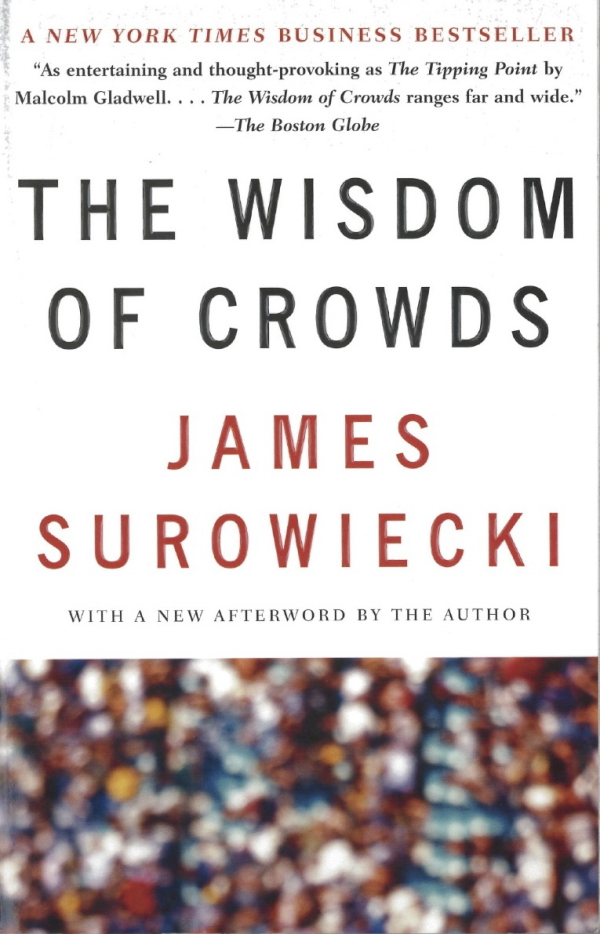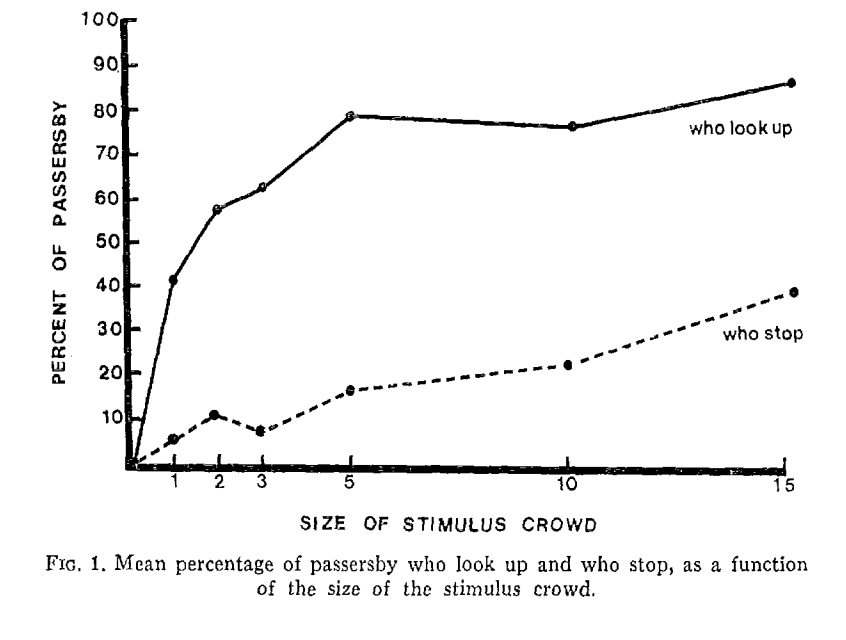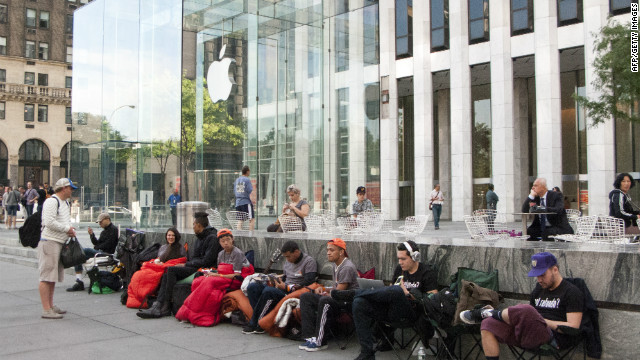CS579: Lecture 08¶
Information Diffusion
Dr. Aron Culotta
Illinois Institute of Technology
With some figures from Networks and Markets: Reasoning about a highly connected world, David Easley and Jon Kleinberg
How do others' decisions affect my own?¶
- Informational: Actions of others provide additional information
- Direct Benefit: I join FaceBook because it is more popular than MySpace
Ingredients for a cascade¶
- Sequential decisions
- People can observe decisions made previously by others.
- Each person has some private information to help make the decision.
- No person can observe the private infomation of others.
- But, each person can observe the actions of others.
Urn Experiment¶
- Does an urn contain more red marbles or more blue marbles?

Two possibilities:
50%: urn has 2 red marbles, 1 blue
50%: urn has 1 red marble, 2 blue
Sequential decisions:
- Student picks a marble that only he sees.
- Student announces his guess (more blue or more red).
- Repeat with next student.
** First student **
- Sees blue $\rightarrow$
- Sees red $\rightarrow$
** First student **
- Sees blue $\rightarrow$ guesses blue
- Sees red $\rightarrow$ guesses red
** Second student **
- Sees same as first student $\rightarrow$
- Sees different color as first student $\rightarrow$
** Second student **
- Sees same as first student $\rightarrow$ Guesses same color as first student
- Sees different color as first student $\rightarrow$ Tie; arbitrarily guess what second student saw
** Third student **
- If first two guessed opposite colors $\rightarrow$
- If first two guessed the same color $\rightarrow$
** Third student **
- If first two guessed opposite colors $\rightarrow$ Guesses what third student sees
- If first two guessed the same color $\rightarrow$ Gueses majority color
- Regardless of what third student sees
** Fourth Student**
- Let's assume first two students guessed the same color.
- What impact does third student's guess have on fourth student?
- None!
- If two marbles of the same color are drawn first, all future guesses provide no information.
- Decisions of others dominate personal information $\rightarrow$ Cascade
Conclusions of Urn Experiment¶
- Surprising cascades can occur even assuming rationality.
- Cascades can lead to sub-optimal outcomes.
- Cascades are fragile:
- What if student 100 shows the class a red marble?
Modeling decision making under uncertainty¶
- What is the probability that the urn has two red marbles? Given:
- What marble I see
- Previous guesses
- Need to model how new information affects this probability.
Axiom of probability:
$$ P(A|B) = \frac{P(A,B)}{P(B)}$$
divide by $P(B)$:
$$ P(A|B) = \frac{P(A) P(B|A)}{P(B)} \bf{\hbox{ Bayes Rule }}$$- $P(A)$: prior probability of $A$ (without any additional information)
- $P(A|B)$: posterior probability of $A$ given $B$.
- Effect of observing $B$: $P(A|B) - P(A)$
- Change in prior of $A$ after observing $B$
Using Bayes' Rule for Urn Experiment¶
Let $B$ = urn is majority blue
Let $R$ = urn is majority red.
Let $b_i$ = student $i$ draws a blue ball
Let $r_i$ = student $i$ draws a red ball
At start of experiment:
- $P(B)=$?
- $P(R)=$?
- $P(B)=.5$
- $P(R)=.5$
Probability of drawing a blue ball from a blue urn?
- $P(b_i|B)$ = ?
- $P(b_i|B) = \frac{2}{3}$
** Student 1 draws a blue marble:**
$$P(B|b_1)=?$$Use Bayes Rule $ P(A|B) = \frac{P(A) P(B|A)}{P(B)} $
$$\begin{align} P(B|b_1)&=&\frac{P(B)P(b_1|B)}{P(b_1)}\\ &=&\frac{\frac{1}{2} * \frac{2}{3}}{P(B)P(b_1|B) + P(R)P(b_1|R)}\\ &=&\frac{\frac{1}{2} * \frac{2}{3}}{\frac{1}{2} * \frac{2}{3} + \frac{1}{2} * \frac{1}{3}}\\ &=&\frac{\frac{1}{2} * \frac{2}{3}}{\frac{1}{2}}\\ &=&\frac{2}{3} \end{align}$$Thus, student guesses blue, since that is the most probable.
- $P(R|b_1) = \frac{1}{3}$
Student 3
- Assume student 2 guesses blue
- Student 3 draws red marble
$$
\begin{align}
P(B|b_1, b_2, r_3) &=& \frac{P(B)P(b_1, b_2, r_3|B)}{P(b_1, b_2, r_3)}\\
&=& \frac{\frac{1}{2}(\frac{2}{3}*\frac{2}{3}*\frac{1}{3})}{P(b_1, b_2, r_3)}\\
&=& \frac{\frac{1}{2}(\frac{2}{3}*\frac{2}{3}*\frac{1}{3})}{P(B)P(b_1, b_2, r_3|B) + P(R)P(b_1, b_2, r_3|R)}\\
&=&\frac{\frac{2}{27}}{\frac{1}{9}}\\
&=&\frac{2}{3}
\end{align}
$$
- Student guesses blue
- Most probably outcome unaffected by observing a red marble!
** Student n **
- If number of blue and red guesses are the same:
- Guess color that $n$ sees
- If number of blue and red guesses differ by 1:
- Guess color that $n$ sees
- (arbitrarily break tie)
- If number of blue and red guesses differ by 2 or more:
- Guess the majority
- What happened to Wisdom of Crowds?

Network Effect¶





